Chicken hearts, often overlooked in Western cuisine, are a culinary treasure in many global traditions. From the sizzling woks of Chinese street food stalls to the vibrant tables of Latin American homes, these tiny organs offer a rich, tender texture and a depth of flavor that can rival any premium cut of meat. When prepared correctly, stir-fried chicken hearts become a dish that is both comforting and gourmet, balancing umami-rich savoriness with a hint of earthy sweetness. This article will guide you through the intricacies of selecting, prepping, and cooking chicken hearts to perfection, ensuring every bite is a symphony of taste and texture.
Understanding the Ingredient: Why Chicken Hearts?
Chicken hearts, though small, are nutrient-dense powerhouses. Packed with protein, iron, zinc, and B vitamins, they offer a healthy alternative to red meat while delivering a unique culinary experience. Their natural flavor is mildly metallic, akin to liver but more delicate, making them a versatile canvas for bold seasonings and aromatic marinades. When stir-fried, they develop a satisfying chewiness without becoming tough, provided they are cooked with precision.
Selecting the Freshest Chicken Hearts
The foundation of a great stir-fry lies in the quality of the ingredients. When purchasing chicken hearts, look for ones that are plump, firm, and uniformly colored. Avoid those with a grayish hue or a slimy texture, as these indicate spoilage. Fresh chicken hearts should have a clean, slightly metallic scent—a sign of their freshness. If possible, buy them from a trusted butcher or Asian market, where turnover is high, ensuring optimal freshness.
Preparation: Cleaning and Trimming
Cleaning chicken hearts requires meticulous attention to detail. Begin by rinsing them under cold water to remove any blood or debris. Using a sharp paring knife, carefully trim away excess fat, veins, or connective tissue. Some recipes call for leaving the hearts whole to retain moisture, while others prefer slicing them in half lengthwise for faster cooking and better marinade absorption. The choice depends on your preference, but consistency is key to even cooking.

Marinating: The Secret to Tender, Flavorful Hearts
Marinating is a critical step in elevating the flavor of chicken hearts. A well-balanced marinade not only tenderizes the meat but also infuses it with layers of taste. A classic Asian-inspired marinade might include:
- Soy sauce or tamari (for umami and saltiness)
- Shaoxing wine or dry sherry (to mellow any gamey notes)
- Ginger (grated, to add warmth)
- Garlic (minced, for aromatic depth)
- Cornstarch (to create a silky coating)
- Sesame oil (a nutty finish)
- Sugar or honey (to balance acidity)
Combine these ingredients in a bowl, add the chicken hearts, and massage gently to ensure even coating. Marinate for at least 30 minutes, or up to 4 hours in the refrigerator. For a spicier kick, incorporate gochujang (Korean chili paste) or Sriracha. For a citrusy twist, add lime zest or lemon juice.
The Stir-Fry Process: Heat, Speed, and Precision
Stir-frying is a high-heat cooking method that demands both skill and intuition. The goal is to sear the chicken hearts quickly, locking in their juices while developing a caramelized exterior. Here’s a step-by-step breakdown:
-
Preheat Your Wok or Skillet: A carbon-steel wok is ideal for its ability to retain and distribute heat evenly. Heat it over high flame until drops of water evaporate instantly. Add a neutral oil with a high smoke point, such as peanut or canola oil.
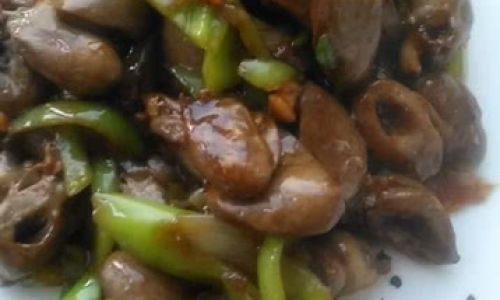
-
Aromatics First: Once the oil shimmers, add minced garlic, sliced ginger, and diced shallots. Stir-fry for 15–20 seconds until fragrant but not browned.
-
Sear the Chicken Hearts: Drain the marinade (reserve it for later) and add the hearts to the wok in a single layer. Allow them to sear undisturbed for 1–2 minutes to develop a golden crust. Toss or stir gently to ensure even cooking.
-
Vegetables and Sauce: Introduce quick-cooking vegetables like bell peppers, onions, or snap peas. Pour in the reserved marinade along with a splash of chicken broth or water. Toss to combine, ensuring the sauce coats every piece.
-
Finish with Flair: Add a final touch of flavor with sesame seeds, sliced scallions, or fresh cilantro. For a glossy sheen, swirl in a teaspoon of cold butter or a drizzle of chili oil.
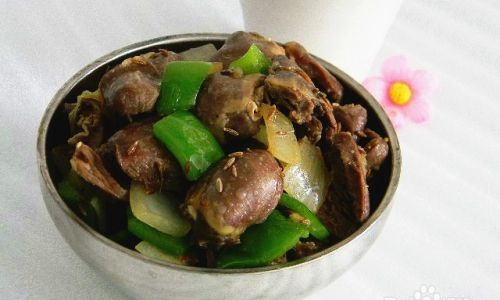
Mastering Cooking Time and Texture
Overcooking is the enemy of chicken hearts. They should be cooked just until they lose their raw pink hue, which takes 3–4 minutes in a hot wok. Overcooking will render them tough and rubbery, while undercooking leaves them chewy and unappetizing. To test doneness, pierce a heart with a knife—it should meet slight resistance but yield easily.
Flavor Variations: From Around the Globe
The beauty of stir-fried chicken hearts lies in their adaptability. Here are three regional variations to inspire your next batch:
-
Sichuan-Style Spicy Hearts:
- Add Sichuan peppercorns, dried chili flakes, and doubanjiang (fermented broad bean paste) to the marinade.
- Garnish with chopped peanuts and fresh cilantro.
-
Thai Basil Stir-Fry:
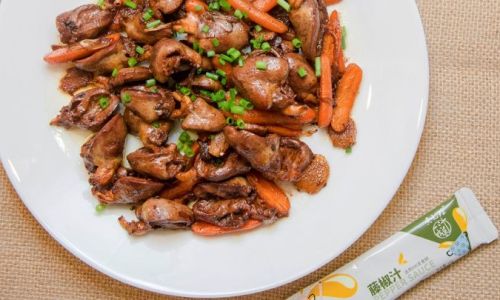
- Incorporate fish sauce, oyster sauce, and palm sugar into the marinade.
- Toss in fresh Thai basil leaves during the final 30 seconds of cooking.
-
Latin American-Inspired:
- Marinate in lime juice, cumin, smoked paprika, and oregano.
- Serve with sautéed onions, tomatoes, and a side of avocado.
Serving Suggestions and Pairings
Stir-fried chicken hearts pair beautifully with a variety of accompaniments:
- Steamed Jasmine Rice: The fluffy grains absorb the savory sauce beautifully.
- Garlic Noodles: Toss egg noodles with garlic-infused oil and a sprinkle of Parmesan.
- Crispy Lettuce Wraps: Serve the hearts in lettuce cups with shredded carrots and hoisin sauce.
For beverages, pair with a crisp lager, a lightly oaked Chardonnay, or jasmine tea to cleanse the palate between bites.
Common Mistakes to Avoid
- Crowding the Pan: Overcrowding lowers the wok’s temperature, leading to steaming instead of searing. Cook in batches if necessary.
- Skipping the Marinade: The marinade is crucial for tenderizing and flavor development. Never rush this step.
- Using Low-Quality Oil: Opt for oils with high smoke points to prevent a burnt taste.
Health Benefits and Nutritional Profile
A 3.5-ounce serving of chicken hearts provides approximately:
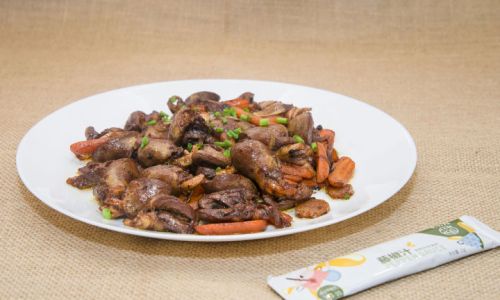
- Calories: 170
- Protein: 26g
- Iron: 11mg (61% DV)
- Vitamin B12: 8.6mcg (143% DV)
- Zinc: 4mg (27% DV)
Their high iron content makes them an excellent choice for those with anemia, while their low fat and cholesterol levels (compared to red meat) suit health-conscious diets.
Conclusion: A Dish Worth Mastering
Stir-fried chicken hearts are a testament to the joy of culinary exploration. They challenge preconceived notions about offal, transforming a humble ingredient into a dish that delights the senses. With patience, practice, and a willingness to experiment, you can elevate this often-overlooked protein into a star attraction on your table. Whether you prefer the fiery heat of Sichuan peppercorns or the herbal freshness of Thai basil, the key lies in balancing technique with creativity. So fire up your wok, embrace the sizzle, and let the humble chicken heart steal the show. Your taste buds—and your guests—will thank you.
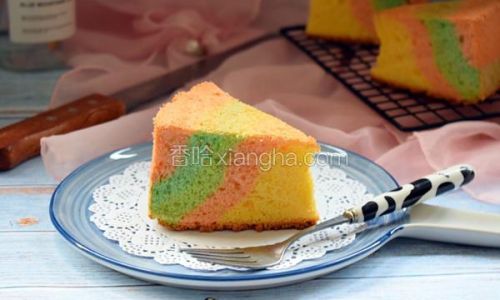


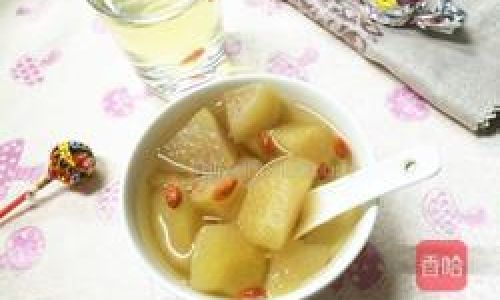
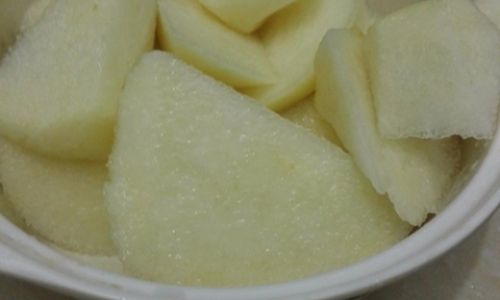
0 comments